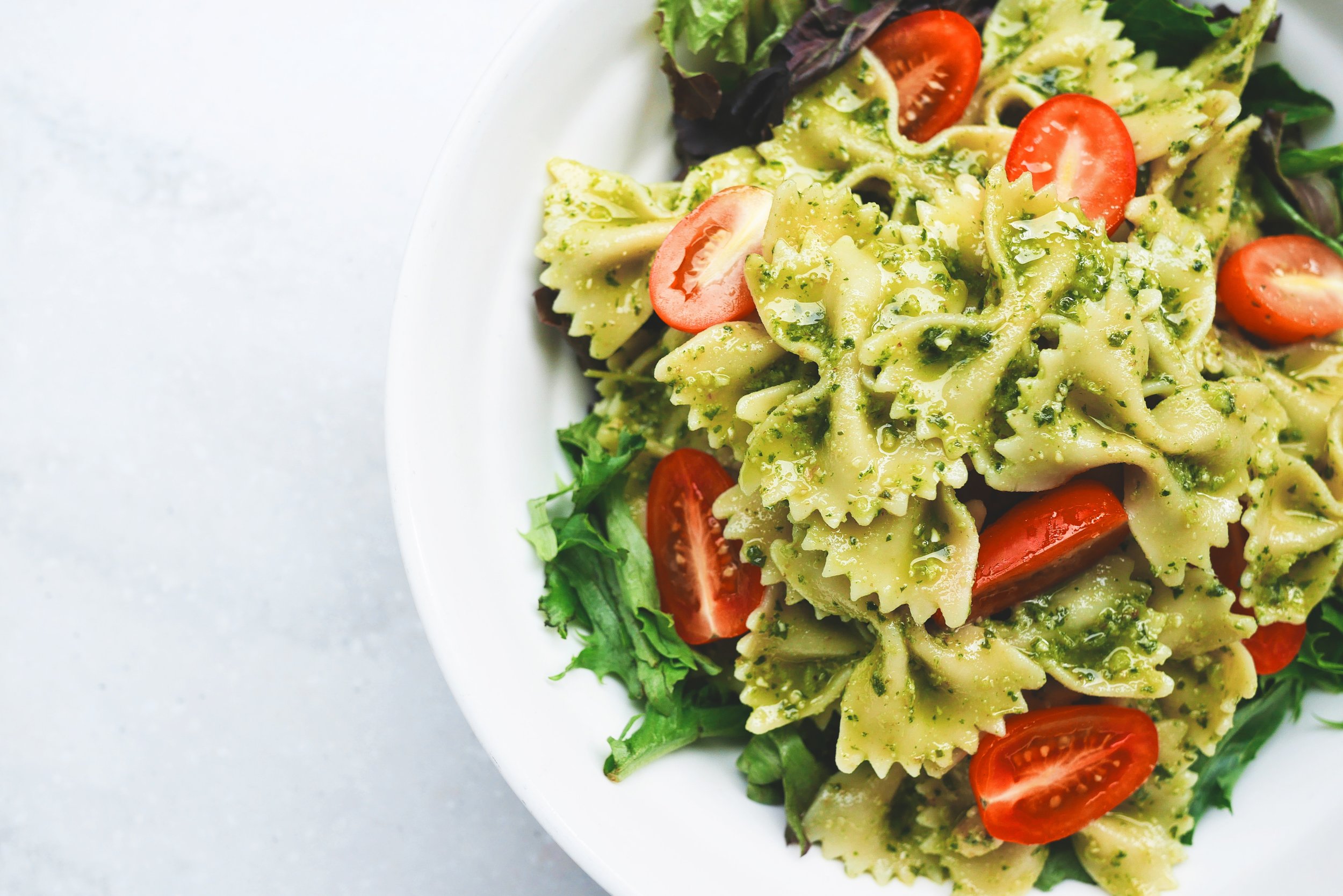Vegan and Vegetarian Marathon Training
More and more of us are embracing the plant-based revolution and adopting vegan, vegetarian and flexitarian lifestyles. But how will this impact those of us who are training for a marathon? Can our diets be both animal-friendly and sufficient to fuel a full 26.2 miles?
As a keen runner and animal lover, I am fascinated by plant-based nutrition and its impact on my fitness and race performance. I have now completed two marathons as a vegetarian, and recently signed up for Veganuary as a ‘new year, new me’ challenge.
But with both diet changes, I have inadvertently made myself the object of concern amongst some of my family and friends, who worry that I will do myself damage by running on what they perceive to be a restrictive diet. The most common concern raised is the lack of protein associated with a vegan or vegetarian diet.
Now - if I were training to be a power lifter, this would be a pretty valid worry. But as a runner, my protein needs aren’t much higher than your standard, mildly active person. The main dietary component which you will need to increase to train for an endurance race is actually carbohydrate, and the vast majority of carbohydrate rich foods are completely - and naturally - free of animal products.
Below I’ve covered how to get your macronutrient needs as a veggie runner, when to eat what, and a bit of inspiration for delicious, nutritious vegan meals to eat before and after running.
Carbohydrate
Marathon training requires a lot of easy-to-access energy. Put very simply, your body will begin by burning carbohydrate stores for energy and, once you’re all out of carbs, it will begin burning fat. Burning fat is a lot of effort for your body, and you will feel the struggle far more if you’re running off fat stores. This is usually what has happened to those who claim to have ‘hit the wall.’
Many fitness apps and websites will suggest that 40-50% of your total daily calorie intake should come from carbs, some going as low as 30% for those looking to ‘get lean’. But during marathon training, this should increase to 60-70%, potentially even reaching as high as 80% during your carb-loading period (beginning 2-3 days before race day).
Luckily, almost all basic carbohydrates, such as bread, rice, pasta and vegetables, are vegetarian, and the vast majority are also vegan. Fresh pastas and breads are sometimes not vegan - so be sure to check the packet!
Being vegan or vegetarian shouldn’t make it any harder to reach the level of carbs you need - the most important macronutrient for runners. Win!
Protein
The protein intake required by a long distance runner, in terms of a percentage of your diet, is no higher than that of a standard diet; your protein intake should simply increase in line with your total increase in calories.
That being said, protein is still a very important element of your diet, vital for recovery and building strength. Keeping up your protein intake as a vegan or vegetarian isn’t nearly as difficult as people think, but does require a little more thought.
Beans, nuts and legumes such as peas, lentils and chickpeas are all great sources of protein. Meat substitutes such as tofu and seitan are also great alternatives, and for quick and convenient meals there are an abundance of soy protein products on offer from brands such as Quorn, Linda McCartney Cauldron and Iceland’s No Bull range (all vegetarian and some vegan - check the label).
Fat
Fats are vital for injury prevention and protecting your joints,. And the great news is: veggie fats are the best kind of fat so you’re definitely not missing out by not eating meat!
Unsaturated fats such as avocados, nuts, olive oil and seeds such as flaxseed and pumpkin seeds are a great healthy way to reach your fat intake. Vegetarians also have the option of dairy products such as milk and cheese, but these should be secondary to your plant based fats.
What to eat…
… before a run
Your main meal before a long run should be packed with good old carbohydrates. If you’re a morning runner, load up the night before; if you’re an evening runner, split your carb intake between breakfast and lunch to avoid feeling overfull and lethargic. Avoid having too much protein, fat or fibre right before a run as they are difficult to digest and may cause stomach cramps.
Meal idea: Spicy garlic mushroom spaghetti
Ingredients
1 tbsp olive oil
100g chesnut mushrooms
1 garlic clove
small bunch of parsley (or 1 tsp dried)
1/2 celery stick
1 small onion
1/2 can chopped tomatoes
1/2 red chilli (or 1 tsp dried)
100-150g spaghetti
Method
Heat the oil in a pan, and cook the chopped onions on low heat for a few minutes, or until soft. Add the garlic and chopped mushrooms and heat for a further few minutes.
Add the celery, chopped tomatoes, parsley and chilli, Bring to the boil, then simmer for 10-15 minutes or until thickened.
Meanwhile, boil the spaghetti in a separate pan in water with a pinch of salt and drop of olive oil. Drain, toss with the sauce, season with salt and pepper and serve.
… after a run
After a run is when you should be getting your protein and fats in. What I usually do after a long training run is grab a quick, carbohydrate filled snack straight away, such as a banana and a cereal bar. Then, once I’ve had a chance to stretch and shower, I make a protein and fat rich meal. And, being vegan, this recpie is also naturally packed with fibre.
Meal idea: Mixed bean tacos with guacamole
Ingredients
2 tbsp vegetable oil
1 tbsp tomato puree
1/2 tin black beans
1/2 tin pinto or refried beans
1/2 small tin sweetcorn
1 red pepper
1 small onion
1 pack taco shells
2 tsps paprika
1 tsp ground cumin
Cheese or vegan cheese alternative (optional)
(For the guacamole)
1 avocado
1 large tomato
1 lime, squeezed
1 red chilli, deseeded
fresh coriander
Method
Heat half the oil in a frying pan. Fry the chopped onion on a low heat for a few minutes until beginning to soften, then add the chopped red pepper.
Mix the spices with the remaining oil and tomato puree in a small bowl. Pour half the mixture over the veg, stir through and cook for a further few minutes.
Add the beans, sweetcorn and remaining spice mixture and cook over a low heat for a few more minutes.
To make the guacamole, scoop the avocado flesh out of its skin and roughly mash in a bowl using a fork. Mix in the diced tomato, a handful of chopped fresh coriander, finely chopped chilli and lime juice, and mix, then season with salt and pepper.
Fill your taco shells with the bean mixture and top with guacamole and cheese or alternative (if using).











More and more of us are embracing the plant-based revolution and adopting vegan, vegetarian and flexitarian lifestyles. But how will this impact those of us who are training for a marathon? Can our diets be both animal-friendly and sufficient to fuel a full 26.2 miles?